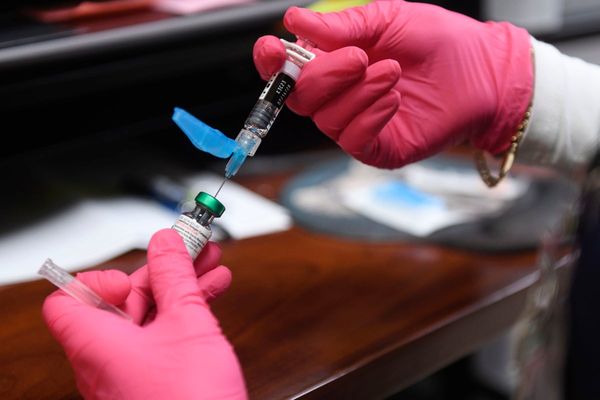
On 22 August 1962, France’s wartime leader Charles de Gaulle survived what would be the most serious of 30 attempts on his life. De Gaulle and his wife, Yvonne, were being driven through a Paris suburb for a flight from Villacoublay military airport, eight miles from the Élysée Palace.
The presidential couple were on their way back to Colombey-les-Deux-Églises, their country home about halfway between the French capital and Strasbourg in the east. They were travelling in a black Citroën DS, followed by an escort vehicle and two motorcycle police officers on Triumph bikes.
As the Citroën passed through the southern suburb of Petit-Clamart, a hit squad with machine guns strafed De Gaulle’s vehicle and nearby shops. The president and his wife ducked and escaped unharmed despite the car being hit several times and bullets passing within a few inches of De Gaulle’s head. The president’s car roared away to the airport.
After the ambush, which lasted 45 seconds, investigators picked up a total of 187 bullet casings from the scene.
“They are such bad shots,” De Gaulle, then 71 and France’s second world war hero, would joke later.

Today, 60 years on, France is remembering the president’s close escape, which was depicted at the beginning of the British writer Frederick Forsyth’s 1971 novel The Day of the Jackal and the 1973 film of the same name.
The attempt was blamed on the Secret Armed Organisation (OAS), a rightwing French paramilitary group opposed to Algeria’s independence. The OAS had carried out a series of targeted assassinations and attacks in France and Algeria after the Évian accords, signed in March 1962, granted the former French colony its independence.
De Gaulle, who had organised a referendum on independence the previous year, was a principal target for the group, whose motto was L’Algérie est française et le restera (Algeria is French and will remain so).
The mastermind of the Petit-Clamart ambush, Jean Bastien-Thiry, who was 34 at the time, a French air force lieutenant colonel and reportedly a brilliant military engineer, was reported not to be an OAS member but had links with the group. Thiry was executed in 1963 after De Gaulle refused to pardon him. He was the last person executed by firing squad in France, and left a wife and three young daughters. Two accomplices who shot at the president and who were also sentenced to death had their sentences commuted to life imprisonment.
Jean-Paul Sartre was another target of the OAS because of his support for Algerian independence. The writer’s Paris apartment was twice attacked with plastic explosives.







